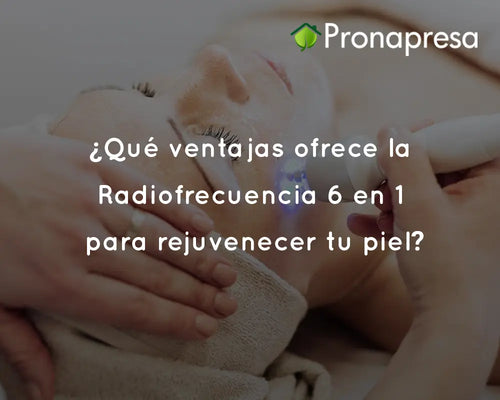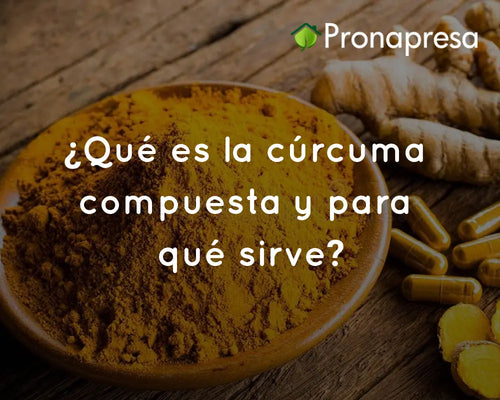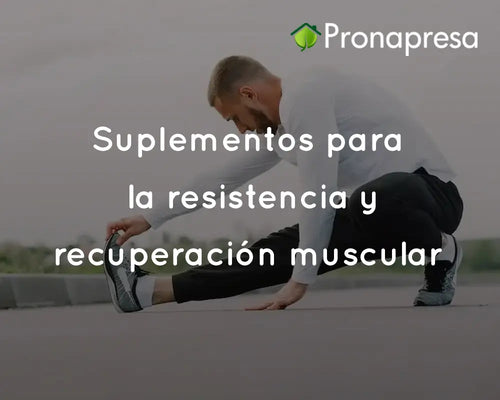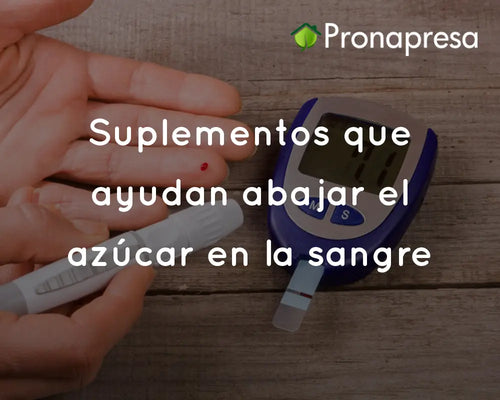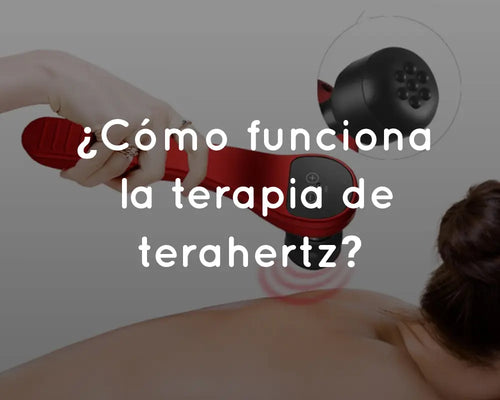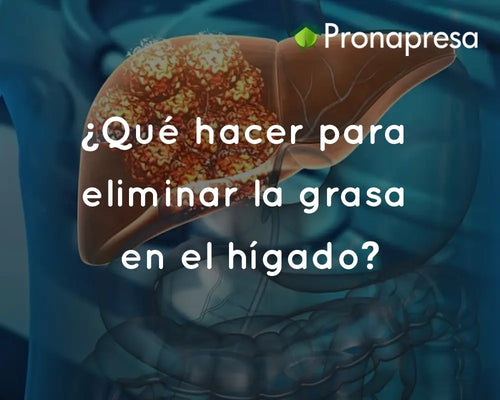
What is lower back pain?
Low back pain is a type of pain that occurs in the lower back, specifically in the area from the base of the ribs to the top of the buttocks. This pain can be acute or chronic, depending on its duration and origin. Acute low back pain typically lasts from a few days to several weeks, while chronic low back pain persists for more than three months.
[product=garlic-and-omega-rheumatism-arthritis]
100% natural dietary supplement with ingredients such as king garlic, arnica, and glucosamine, reduces sciatic nerve pain and prevents rheumatism, among other benefits.
[/product]
Common causes of lower back pain
-
Muscle strain: One of the most common causes of lower back pain is muscle strain or sprains. This can occur from lifting heavy objects, sudden movements, or even prolonged poor posture.
-
Herniated disk: Intervertebral disks act as shock absorbers between the vertebrae. When a disk slips or ruptures, it can press on nearby nerves, causing lower back pain.
-
Arthritis: Osteoarthritis can affect the lower back, causing stiffness and pain. Ankylosing spondylitis, a form of arthritis, can also cause lower back pain.
-
Spinal stenosis: This condition occurs when the spinal canal narrows, which can put pressure on nerves and cause lower back pain.
-
Spondylolisthesis: This is a condition in which one of the vertebrae slips forward over the vertebra below it, causing lower back pain.
-
Lifestyle factors: Obesity, lack of exercise, smoking, and poor posture can contribute to lower back pain by putting additional pressure on the spine.
Symptoms of lower back pain
Lower back pain can manifest in several ways, depending on the underlying cause:
- Dull or Sharp Pain: Pain may be constant or intermittent, and can range from a dull ache to a sharp, intense ache.
- Stiffness: Stiffness in the lower back can make movement difficult.
- Pain that worsens with activity: Lower back pain often worsens with movement or lifting.
- Muscle spasms: Muscle spasms in the lower back can be common in acute low back pain.
- Radiating pain: In some cases, pain may radiate to the buttocks or legs, especially if there is nerve compression.
What is kidney pain?
Kidney pain is a type of pain that originates in the kidneys, which are located in the back of the abdomen, just below the rib cage. Although kidney pain can be felt in the back, it's important to note that this pain is not due to muscular or skeletal problems, but rather to kidney problems.
Common causes of kidney pain
-
Urinary tract infections (UTIs): Infections in the bladder or urethra can spread to the kidneys, causing pain. This is known as pyelonephritis.
-
Kidney stones: Kidney stones are hard deposits of minerals and salts that form in the kidneys. When these stones become dislodged, they can cause severe pain.
-
Chronic kidney disease: Chronic kidney disease can cause kidney pain, especially in advanced stages when the kidneys are no longer functioning optimally.
-
Hydronephrosis: This is the inflammation of the kidneys due to the accumulation of urine, usually caused by an obstruction in the urinary tract.
-
Kidney cysts: Kidney cysts can cause pain if they are large or rupture.
-
Kidney cancer: Although less common, kidney cancer can cause pain in this region.
Symptoms of kidney pain
Kidney pain often presents with a series of specific symptoms that differentiate it from lower back pain:
- Deep, aching pain: Kidney pain is often a deep, aching pain felt on one or both sides of the lower back, just below the ribs.
- Pain radiating to the abdomen or groin: Kidney pain may radiate to the abdomen or groin, especially in cases of kidney stones.
- Pain when touching the area: Unlike lower back pain, kidney pain can be intensified by lightly pressing the area where the kidneys are located.
- Urinary symptoms: The presence of urinary symptoms, such as painful urination, blood in the urine, cloudy or foul-smelling urine, may accompany kidney pain.
- Fever and Chills: In cases of kidney infection, kidney pain may be accompanied by fever, chills, and general malaise.
Key differences between lower back pain and kidney pain
Differentiating between lower back pain and kidney pain is crucial for proper treatment. Below are the key differences between the two types of pain:
Location of pain:
-
Lower back pain: It is felt in the lower back, usually in the middle or side. It can extend to the buttocks or legs.
- Kidney pain: Located on one or both sides of the back, just below the ribs. It may radiate to the abdomen, groin, or upper thigh.
Characteristics of pain:
- Lower back pain: It can be sharp or dull, constant or intermittent. It often worsens with movement or physical activity.
- Kidney pain: This is a deep, constant pain that isn't affected by movement. It can be intensified by applying pressure to the kidney area.
Associated symptoms:
- Lower back pain: Stiffness, muscle spasms, and in some cases, pain radiating to the legs.
- Kidney pain: Urinary symptoms (such as pain when urinating or blood in the urine), fever, chills, and general malaise.
Causes:
- Low back pain: Often caused by muscular, skeletal, or nerve problems.
- Kidney pain: Usually caused by infections, kidney stones, or problems in the urinary system.
Response to treatment:
- Lower back pain: May improve with rest, application of heat or cold, and over-the-counter pain relievers.
- Kidney pain: May require specific medical treatment, such as antibiotics for infections or procedures to remove kidney stones.
Prevention of lower back pain and kidney pain
Preventing lower back pain and kidney pain requires a proactive approach and good overall health:
- Maintain good posture : Practicing good posture, especially when sitting and lifting, can reduce your risk of lower back pain.
- Exercise regularly: Regular exercise strengthens back muscles and improves flexibility, which can prevent injuries.
- Maintain a healthy weight: Excess weight can increase pressure on your spine and kidneys. Maintaining a healthy weight can reduce your risk of lower back and kidney pain.
- Stay hydrated: Drinking enough water is essential for kidney health and preventing kidney stones.
- Avoid tobacco and excessive alcohol: Smoking and excessive alcohol consumption can negatively affect the health of your back and kidneys.
- See a doctor regularly: Regular medical checkups can help detect and treat health problems before they develop into lower back or kidney pain.
[product=garlic-and-omega-kidneys]
Prevents kidney and gallbladder stones, kidney failure, and relieves renal and biliary colic.
[/product]
Differentiating between lower back pain and kidney pain is essential to receiving proper treatment and avoiding complications. While lower back pain is often related to muscular or skeletal problems, kidney pain generally indicates a problem in the urinary system. Recognizing the differences in symptoms and understanding the underlying causes will help you make informed decisions about your health and seek necessary medical attention when appropriate.
Remember that early diagnosis and proper treatment are key to relieving pain and improving your quality of life.






